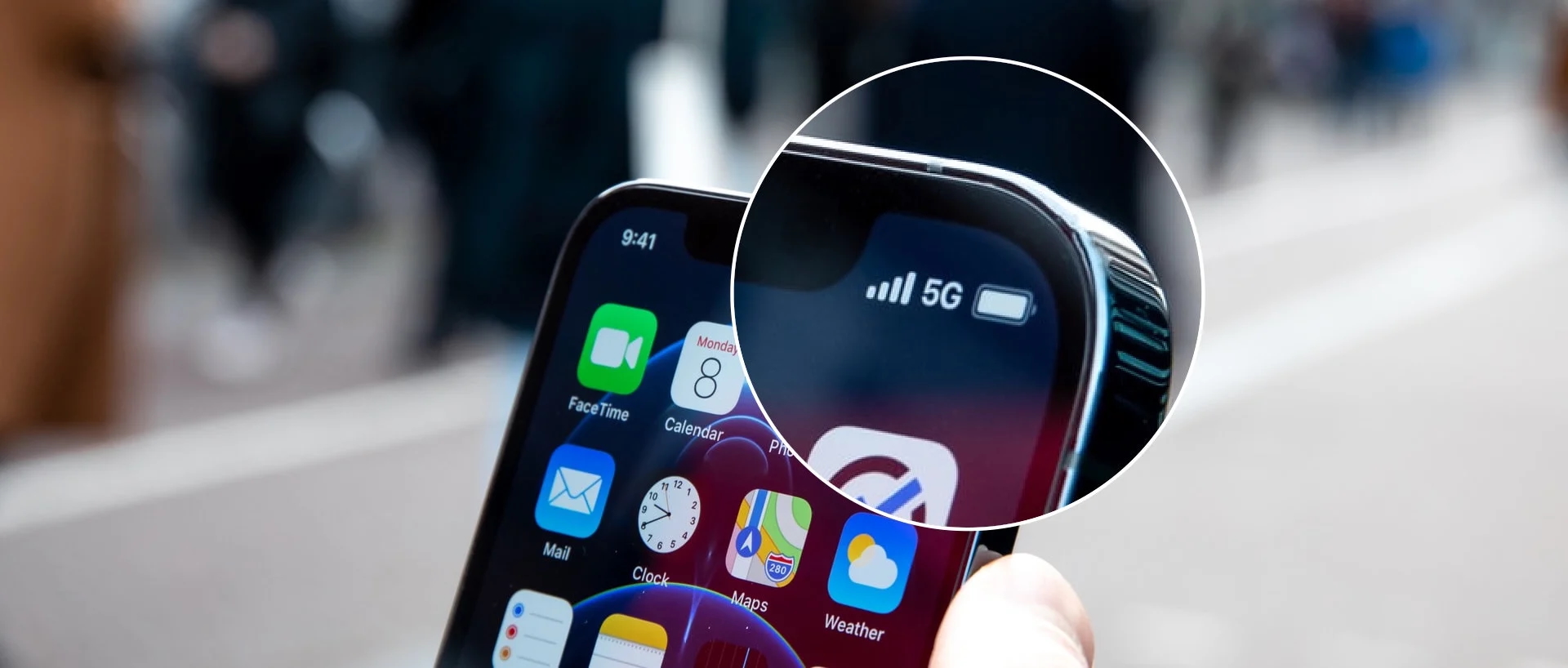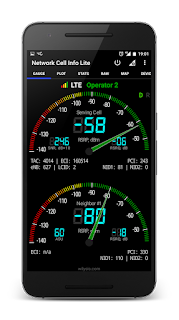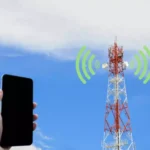
Bars are Unreliable…
We’re all guilty of this at some point. We look for bars to determine the strength of our smartphone cell signal. Remember in 2010 when Apple released a statement announcing an upcoming software update for the iPhone 4? The update would correct the formula for calculating bars due to iPhones mistakenly displaying 2 more bars than it should for a given signal strength.
https://www.apple.com/newsroom/2010/07/02Letter-from-Apple-Regarding-iPhone-4/
It was at this point we realized that bars could be manipulated. For those in the Signal Booster industry, we had to get our customers to stop counting bars. We strictly read decibels (dB’s) which is a numerical indication of signal strength and is far more accurate due to the scale of -50 to -130 versus 5 bars.
The Truth About Bars
The truth about bars relies on many factors. Strength, Quality, Interference, and Congestion to name a few. Apple and Android have always differed on the amount of bars that they display. It even came down to how many bars you see. Apple only shows a maximum of 4 bars and android typically shows you a max of 5 bars.
The measurement of bars as well. For iPhones, they typically gives you a more quality centric measurement having to do with interference as well as congestion in the area you’re at. Android is more strength aligned relying less on quality but more on the amount of signal received. There are also many bands and frequencies that we wont get into here but this applies to most of them.
Other Factors
Throughout the years signal boosters had become very popular with added noise into the network with forced the FCC to regulate boosters in 2014 decreasing the maximum power output.
Carriers today also use Dynamic Power Control (DPC) software in their networks which allocates the limited resources fairly and efficiently and leads to reduced power consumption and improved signal quality. Not only is power regulated but bandwidth as well. Carriers try there best to not give to much or too little data to one area or another.
As mentioned previously, there are quite a few different frequencies for different carriers. This complicates bars further as different frequencies have unique properties that give them different strengths, quality and congestion measurements.
The Bottom Line
It’s easy to get fixated on bars but in the end it’s all about viability. If you can make a clear call where you were once unable, the the booster system has done its job. The signal that your phone is communicating with the network over must be a clean signal as well. A maxed out signal with a high noise level is far worse than a lower and cleaner signal which the carrier will aim for as well. A car can’t run at full RPMs 100% of the time and a cellular network is no different.
If you’re considering Signal Booster system for your home or office, contact CellTeks. We are so confident in our ability to produce viable signal that we believe you should experience a live demonstration before purchasing a Signal Booster system. That’s right…we’ll let you make calls on a live system before you commit to purchasing. How many businesses will give you that opportunity? If you have any any more questions, our staff will be happy to explain the nuances of this technology to make sure you’re confident in your investment.





